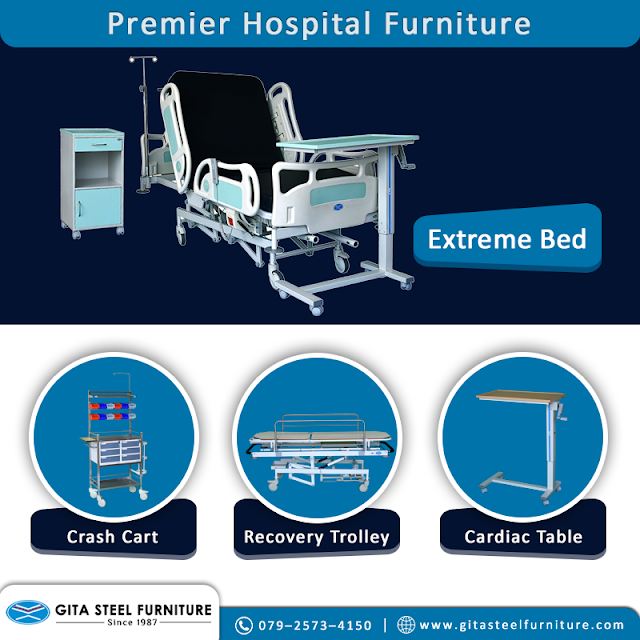Types of Hospital Examination Couches and Their Components to Consider
The increasing need for standardized diagnostic frameworks across healthcare facilities has been the driving force in the overall market growth of examination couches. These couches have proven to be an extremely crucial and versatile part of the medical industry.
It not only functions as a couch but also works as supportive furniture during a medical examination. An ideal hospital examination couch has features like an adjustable backrest and height, a sturdy and durable frame, and a padded surface.
The overall ergonomics is designed in such a way that it ensures patient comfort and safety at the highest level. However, the evolution of these couches over a prolonged period of time plays a major role in enhancing patient care.
The transition from the couch having basic and simple features to having state-of-the-art technological features is noteworthy. Thus, it is important to consider four vital components and whether your next selection consists of all these aspects
Material Used
The material used in the couch becomes extremely crucial to ensure that durability is the center of attraction. Resilient materials like stainless steel or aluminum extend longevity.
Researching the raw materials used in the production of your desired model of a hospital examination table or couch is a great way to get started on your browsing journey.
Safety and Hygiene Standards
The examination couch should comply with all the medical regulations set by the board and should be CE, ISO, or FDA-approved. Modern-day couches have features like antimicrobial covering and fire resistance that diminish the risk of infections and assure patient safety.
The Anti-slip base prevents movement during examinations and makes overall functioning seamless.
Comfort and Patient Support
Ergonomics play a huge role in determining if a couch or table’s design is comfortable enough for a person. It also supports patients of different body types and conditions.
Some of the adjustable sections, like a reclining backrest or leg support, elevate the flexibility and also assist the medical examiner in conducting more complex procedures with ease, which requires the patient to be in distinctive positions.
However, choosing the right couch also requires you to consider different alternatives for couches to check whether they would fit your desired criteria-
Types
These are the most common types of examination tables found in all major hospitals and clinics. The cushioned surface and height adjustability features make these couches immensely popular in the medical industry,
Standard Table: A patient examination table commonly used for routine checkups and general consultations
Adjustable Examination Couch: Patients can be placed in different positions to make them feel more comfortable during complex procedures
Gynecological Examination Couch: Commonly used for gynecology, obstetrics, and fertility treatments
In conclusion, examination couches have been a remarkable development in the medical industry, and a well-chosen couch can enhance patient comfort and streamline the healthcare workflow.
If you are looking for medical furniture or any other OT equipment, contact a hospital furniture manufacturer now!
.png)


Comments
Post a Comment